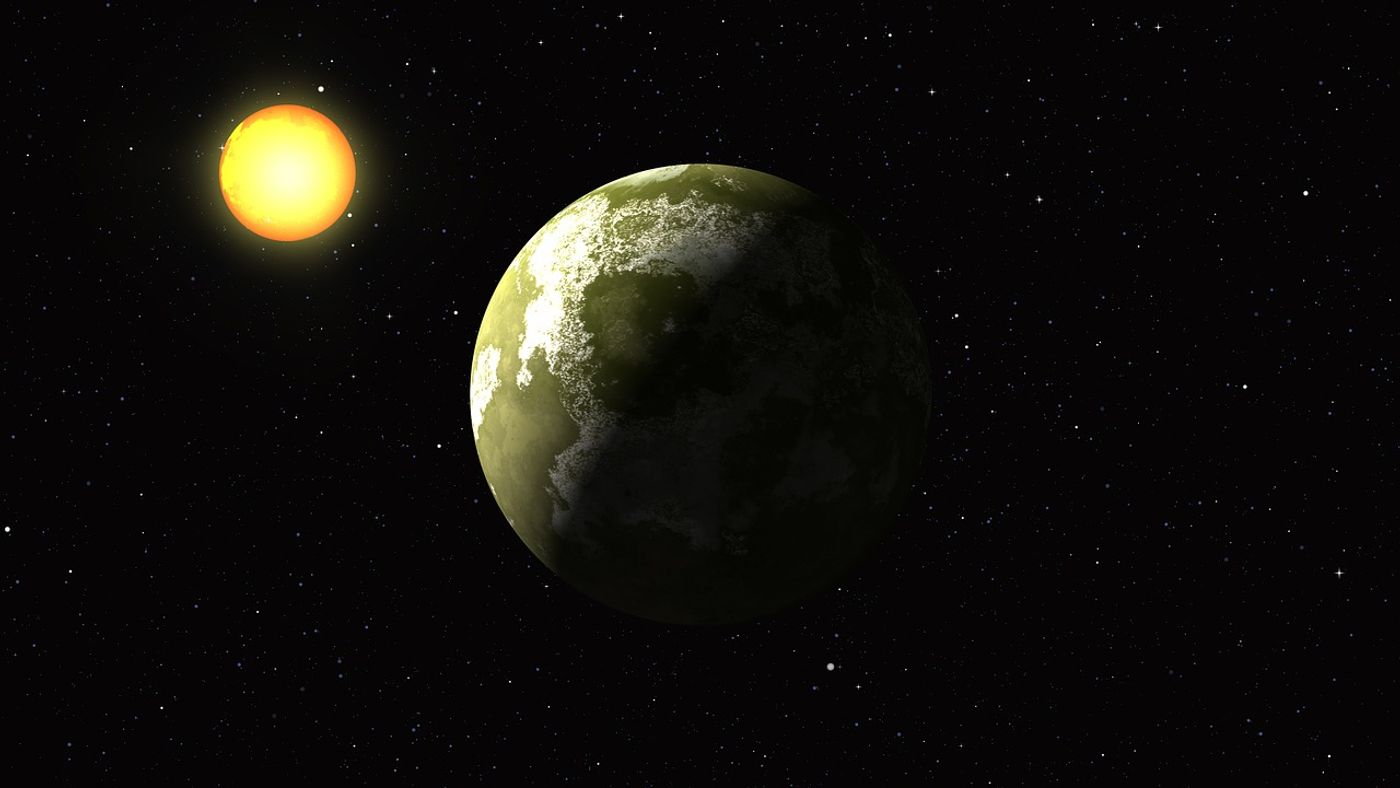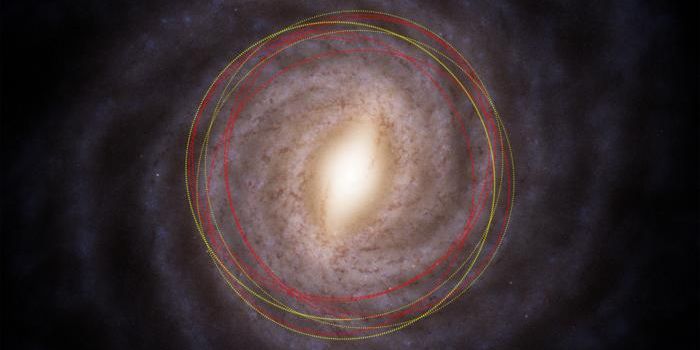Are Tidally-Locked Exoplanets More Common Than Astronomers Realized?
All the planets in our solar system orbit the Sun while independently rotating in one direction or another at various speeds. As typical as these movements may seem to us, planets in other stellar systems in the Milky Way, known as exoplanets, sometimes move around in different ways.
Image Credit: Mikkehouse/Pixabay
In said systems, exoplanets may be tidally-locked to their host star, meaning one side of the exoplanet consistently faces the star during orbit. The phenomenon happens when the exoplanet rotates slowly enough that it synchronizes with the speed at which it orbits its host star.
Astronomers have known about tidally-locked orbit patterns for many years; one of the closest examples to Earth is our own Moon, which maintains a synchronous tidally-locked orbit around our planet.
While we're familiar with these movements in regards to our Moon, astronomers have long wondered how common it might be other stellar systems, but research carried out by University of Washington astronomer Rory Barnes illustrates how it could be more widespread than initially thought.
The results of the study were drawn from planetary computer models and were accepted for publication in the journal Celestial Mechanics and Dynamical Astronomy.
"What I did was say, maybe there are other possibilities -- you could have slower or faster initial rotation periods. You could have planets larger than Earth, or planets with eccentric orbits -- so by exploring that larger parameter space, you find that in fact, the old ideas were very limited, there was just one outcome there," Barnes said in a statement.
"Planetary formation models, however, suggest the initial rotation of a planet could be much larger than several hours, perhaps even several weeks."
While we’ve known about tidal locking for ages, older models behind its mechanics weren't factoring every possible scenario.
Barnes dug deeper, using updated computer models to learn about additional scenarios could potentially result in tidally-locked exoplanet orbits. To his surprise, several new theories came up.
"And so when you explore that range, what you find is that there's a possibility for a lot more exoplanets to be tidally locked. For example, if Earth formed with no moon and with an initial 'day' that was four days long, one model predicts Earth would be tidally locked to the sun by now," Barnes continued.
"These results suggest that the process of tidal locking is a major factor in the evolution of most of the potentially habitable exoplanets to be discovered in the near future."
While determining an exoplanet’s rotational qualities can be difficult when observing them from Earth, astronomers can sometimes assess exoplanets' orbits by studying the surrounding system.
Unfortunately, we can’t always make this assessment about every system because we're so far away and this makes some of the data hard to make out.
Observations made by the Hubble Space Telescope are helpful, but the more capable James Webb Space Telescope (JWST) will soon launch for space to help us dig deeper into these sorts of questions.
Barnes understands how important it is to know if Earth-like exoplanets are tidally-locked or not because it can have an adverse impact on a planet’s habitability. If tidally-locked exoplanets are more common than originally thought, then perhaps astronomers can narrow their search further.
Related: Exoplanets orbiting red dwarfs are unlikely to support life
It should be interesting to see what future space telescope observations can tell us, and more importantly, whether they can validate Barnes’ claims.
Source: University of Washington









